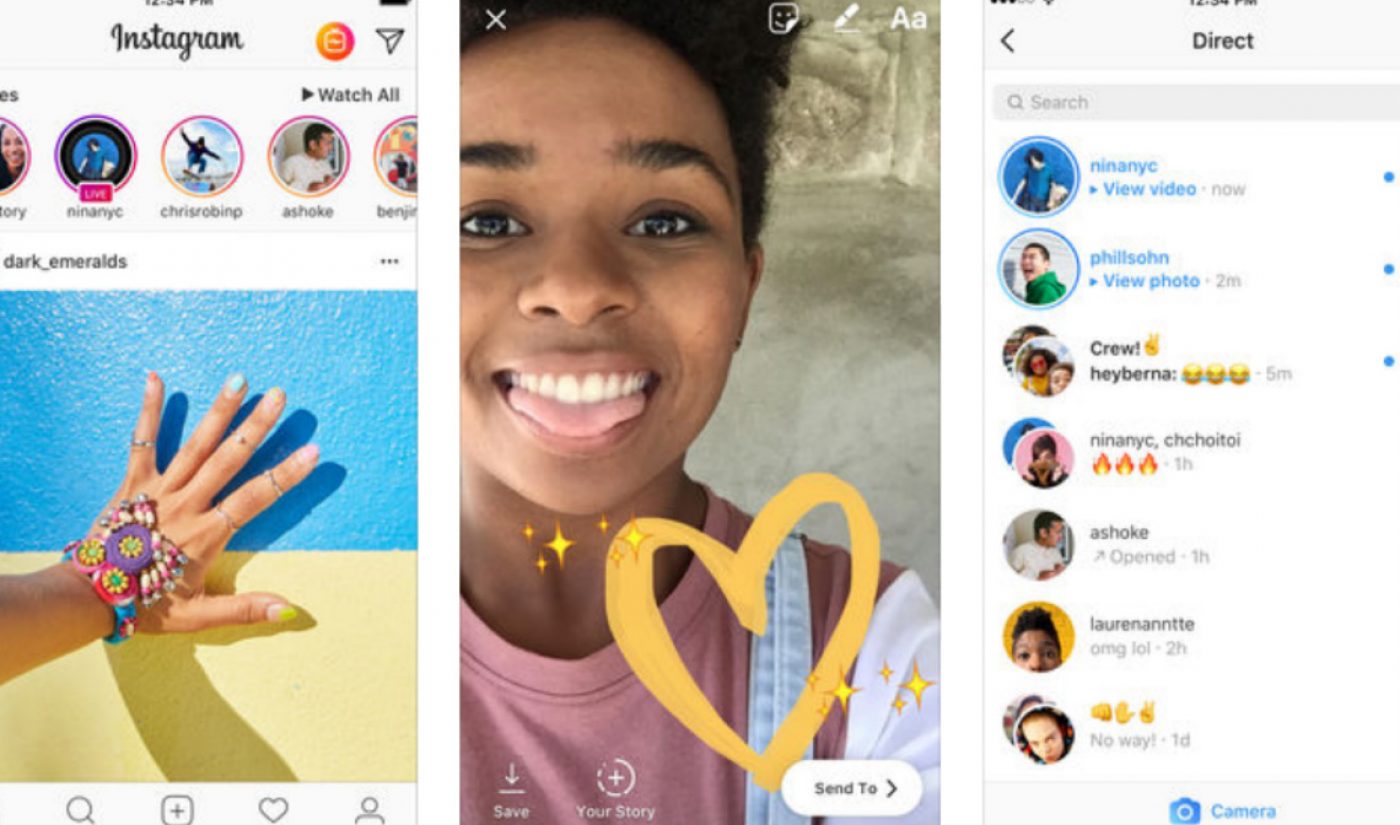Brands are direct messaging teens on Instagram to get them to hawk products, usually paying between $5 and $20 without offering an official contract, according to a new report from Taylor Lorenz at The Atlantic.
One 13-year-old said she’d made a couple of hundred dollars in a month, and that she’d seen payouts for as much as $50 for a single post. Others said that the general path to getting reach-out from brands is the same for teens as it is for adult influencers: start an Instagram account, gather followers — 1,000 seems to be the magic number — and wait for the requests to start rolling in.
Once they do, brands and teen influencers usually negotiate the price for endorsement via direct message, and kids often don’t have many parameters that they have to stick to when it comes time to post. Teens experienced in the space did note that influencers also reach out to brands, offering their services, but accounts with enough followers will attract brands without effort.

Subscribe for daily Tubefilter Top Stories
Christy Oh, an 18-year-old marketer for fake lash company Doux Lashes, told The Atlantic that working with teen influencers is a good financial move for brands because they charge exponentially less than their adult counterparts, who can earn tens of thousands of dollars for one post. “They’re not doing Insta as a full-time thing,” Oh said. “They’re just trying to make extra money, so it’s not super expensive to partner with them.” Oh added that teens are particularly good marketing vehicles because their peers tend to trust posts from them more than posts from big-time, well-known influencers.
“If you see an ad for clothing on TV or in a magazine, you know it’s an ad, but on Instagram these profiles are just their personal profiles most of the time. When people post a picture of them doing something in the day and just tagging their outfits, it doesn’t look like it’s meant to be an ad,” Oh said. Of course, there are plenty of marketers who strive for organic integration of advertising, but this is an odd position for a brand representative to take. Measures from platforms (including Instagram) and the federal government are vying to make sure what Oh says is happening categorically stops happening, and that ads and paid promotion are clearly labeled by influencers.
Teen influencers are typically paid for their ads through PayPal, which is convenient because it’s not a bank account directly under the eye of their parents, some teens told The Atlantic. One 15-year-old noted that it’s a good workaround for having to “tell our parents, ‘Hi, we’re making money online talking to strangers.’”
The online influencer space is a “Wild West,” as David White, national executive director and chief negotiator of Screen Actors Guild-American Federation of Television and Radio Artists (SAG-AFTRA), recently told Tubefilter. White said brands have a leg up on creators and influencers in an industry that is “very unfair” and lacking standards for compensation and relationships between brands and influencers.
“Brands are taking advantage of the lack of information and the lack of collective action on the part of content creators,” White explained. “[Creators] are not given their market value, and the more content creators realize that, and band together, the more balanced the relationship becomes between creator and the brand.”
And when brands are working with teenagers, the current power differential becomes even more apparent.








